
What a sad headline in the Daily Mail - 'Struck Down by Rickets, boy who was covered in sunblock to play outside'. Chris Head thought she was merely being a dutiful parent by liberally applying Factor 50 sunscreen on her six year old son. The sports mad boy had very little exposure to direct sunlight and has since developed the disease which most people thought was eradicated after the second world war. This story didn't surprise me one bit since its been on my radar for a while that we have practically a worldwide epidemic of Vitamin D deficiency, especially in the Northern hemisphere. Cases of rickets have increased by more than 400 per cent since 1996.
At last we have some sunshine but how much we should be sunning ourselves and baring all? I've long advocated the healing power of the sun. Richard Hobday wrote extensively on the subject and of course Naturopaths from time in memoriam recommended daily sun -bathing' albeit under controlled conditions for approximately one hour a day. Since my own Vitamin D levels were found to be at an all time low I have been ensuring I get at least 20 minutes of unprotected sunshine every day (well when its out!) and I supplement too. I was in good company with Gywneth Paltrow declaring that her shockingly low test results started her on her course for a healthier diet and lifestyle.
We need sunlight in order to have adequate levels of Vitamin D as oily fish is one of the only food sources and its debatable whether we could eat enough anyway. Vitamin D is a vitamin and pro-hormone which our bodies naturally produce by synthesizing ultraviolet light from the sun. It is required in the body to make proper use of calcium for stronger bones and teeth and maintain a healthy immune system.
It's well documented that we process Vitamin D best from direct sunshine. We can't get huge amounts from our diet, obviously red meat, milk, egg yolks and oily fish but recently a new report claimed that mushrooms can provide as much Vitamin D as supplements - but only if you put them in the sun before you eat them! Sixty minutes exposure is required for them to produce the Vitamin D and its thought then that the sun-exposed mushrooms are as effective at boosting and maintaining vitamin D levels as supplements are.
Dr Michael Holick said; "The practice of exposing Fungi to sunshine to boost the Vitamin D levels is a common practice in the states and it sounds like a simple option for us here. According to the author of the report we can use any mushroom, it doesn't have to be a fancy variety, take it out of any wrapping and place outdoors during the day for up to an hour during the spring and summer."
On finding that my levels were at 12 (the recommended minimum is between 50-80) I was prescribed a chewable tablet that contained artificial sweeteners (no thanks) and only 200 units of Vitamin D. I passed on those much to the pharmacists surprise and instead got some sunshine and used the DLux3000 oral spray from 'better you.' It's an oral spray in various strengths absorbed directly through the mucous membrane into the blood system bypassing the digestive system, offering the fastest way of absorbing the vitamin. This was confirmed by tests done at Cardiff University (I'm not on commission by the way!) When I was retested around seven months later I had a nice steady graph of recovery and my levels were a super healthy 160.
Vitamin D is crucial in activating the body's immune defenses. A leading oncologist said that at least 25 per cent of deaths from breast cancer would be saved if women only had adequate levels of Vitamin D, so it's really worth getting yourself tested. Some GPs will do this for you or Vitamin D home testing kits can be bought from www.betteryou.uk.com for just £25. The blood spot tests are easy to do at home. The test is then posted to the lab at Birmingham NHS and you receive a full analysis within five days.